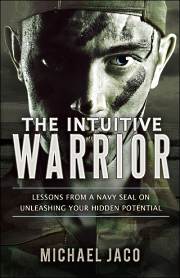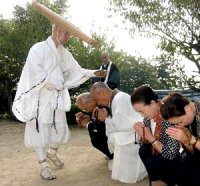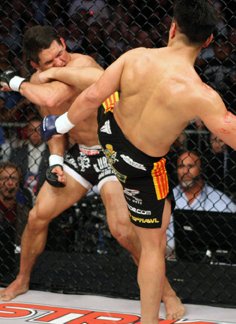Mark Nesti is not your average New Age flake. After five years’ service with a recon/sniper cell in the Australian army, his career shifted into helicopter testing and maintenance, emergency communications, and business development. When he eventually began to explore the fields of theoretical physics and alternative therapies, his broad engineering mindset granted him a unique perspective.
Mark wrote a book about his exploration and research into quantum mechanics, meditation, chi, and consciousness. He isn’t promising you a new car or a diamond necklace in return for your fealty, but you may find his work rewarding in other ways. Mark recently sent me a few words regarding his personal inspiration and investigation, which I share with you below.
—
Perhaps, in some measure, modern society has lost regard for nature, in a divine sense, or otherwise. If true, this can only be attributed to a loss of spirit within the individual. In an attempt to define the connection between science and spirituality, between the observer and the included, I hope that spirit will be reunited.
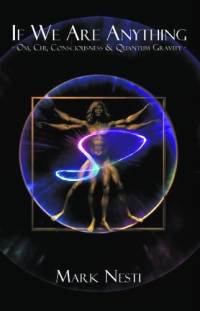
I would like to share with you a personal experience of just how powerful some types of meditation can be. Many of you already know that there are many forms of meditation, from practices which are designed to energize and relax, all the way to practices aimed at raising awareness, and some with the specific goal of raising the levels of Chi (accumulations called Kundalini) within the human system. I am of the belief that western society, in a general sense, is not yet ready to tackle the more advanced forms of meditation. My reasoning is that, as a culture, we have not yet been exposed to this type of practice as a part of our daily activities. Furthermore, we have not been raised from children with such disciplines integrated within our daily lives. You will see what I mean as we progress.
Several years ago, my partner and I brought over an Indian meditation teacher to conduct courses at our wellness centre and alternative therapy training institute; this became a regular event and one which attracted many students. One type of meditation he conducted, Dhyan, is a practice originally designed to promote prolonged awareness. However, the ancient Indian Hindu yogis referred to this particular meditation in a more appropriate manner: “the practice of dying”.
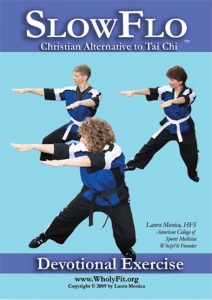




 Introduction
Introduction